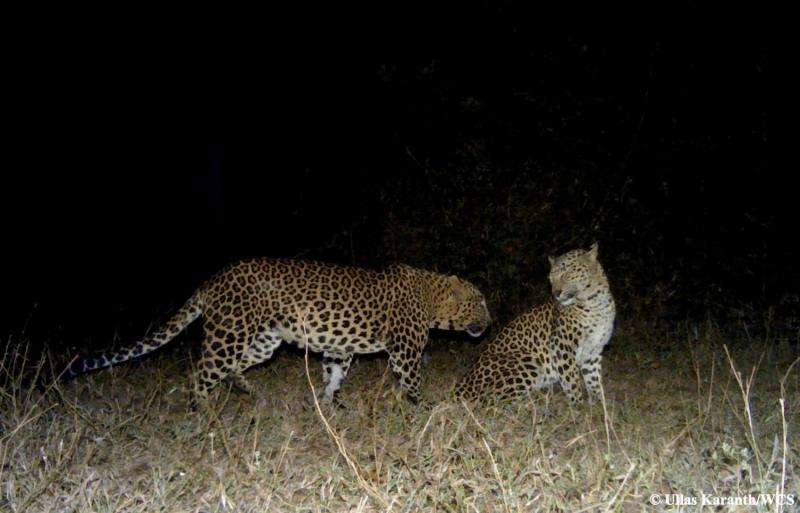A rolling stone gathers no mates

Papa might not have been a rolling stone, according to a new study that examined the mating dynamics of transient wildlife that have dispersed from other areas. The researchers found if males traveling from long distances are less attractive to females, connectivity can be greatly impacted. They link these results to existing evidence showing that males from far-off areas have less offspring.
The scientists— who relied on an Individual-based simulation model of animal dispersal— say that the results of the study will help inform the siting of wildlife corridors, translocating animals, and other conservation interventions.
In landscape-scale conservation programs worldwide, connectivity is a critical factor. However, little is known about the impact of animals and their fate after they immigrate into new populations. Lack of attractiveness to potential mates, the authors found, in these "dispersers" can ultimately reduce landscape connectivity.
The authors modeled mate choice and dispersal in animals across multiple generations. They showed that even when animals dispersed freely through contiguous habitats, mate choice alone could lead to habitat fragmentation and isolated populations if females avoided mating with dispersers. Their simulation model, though based on data from chimpanzees, is generally applicable to a wide range of species, including many endangered carnivores, primates, other mammals and birds.
"What happens to a disperser after it enters a new population is unknown," said Dr. Divya Vasudev, lead author of the study, highlighting current gaps in our understanding of animal dispersal. "Can they integrate and successfully reproduce, find territories and mates?"
The authors note that the physical toll of moving across large, inhospitable landscapes can make dispersers unattractive as potential mates. Also, females may look for a degree of familiarity in mates. For populations that have adapted to local conditions, familiarity relates directly to survivability.
On the other hand, due to inbreeding and associated costs of mating with close relatives, females may actually prefer mating with dispersers.
The study asks a number of questions on the ecological constraints to habitat connectivity, and highlights the need for further research. It builds on previous research by the investigators applying advanced circuit theory models to understanding animal movement.
"Ultimately, better conservation will depend on better understanding of real connectivity in fragmented landscapes,'" concludes Dr. Vasudev.
Without that understanding, the scientists say, the implications and success of conservation interventions such as translocation, release or assisted migration, and the identification of functionally useful 'wildlife corridors" can only be based on best guesses.
"This study is a milestone in applying advanced quantitative methods to practical conservation issues relevant to India," said Dr. Ullas Karanth, Director for Science Asia, for WCS.
The study titled "Mate choice interacts with movement limitations to influence effective dispersal," appears in the current issue of the international journal Ecological Modelling.
Provided by Wildlife Conservation Society




















